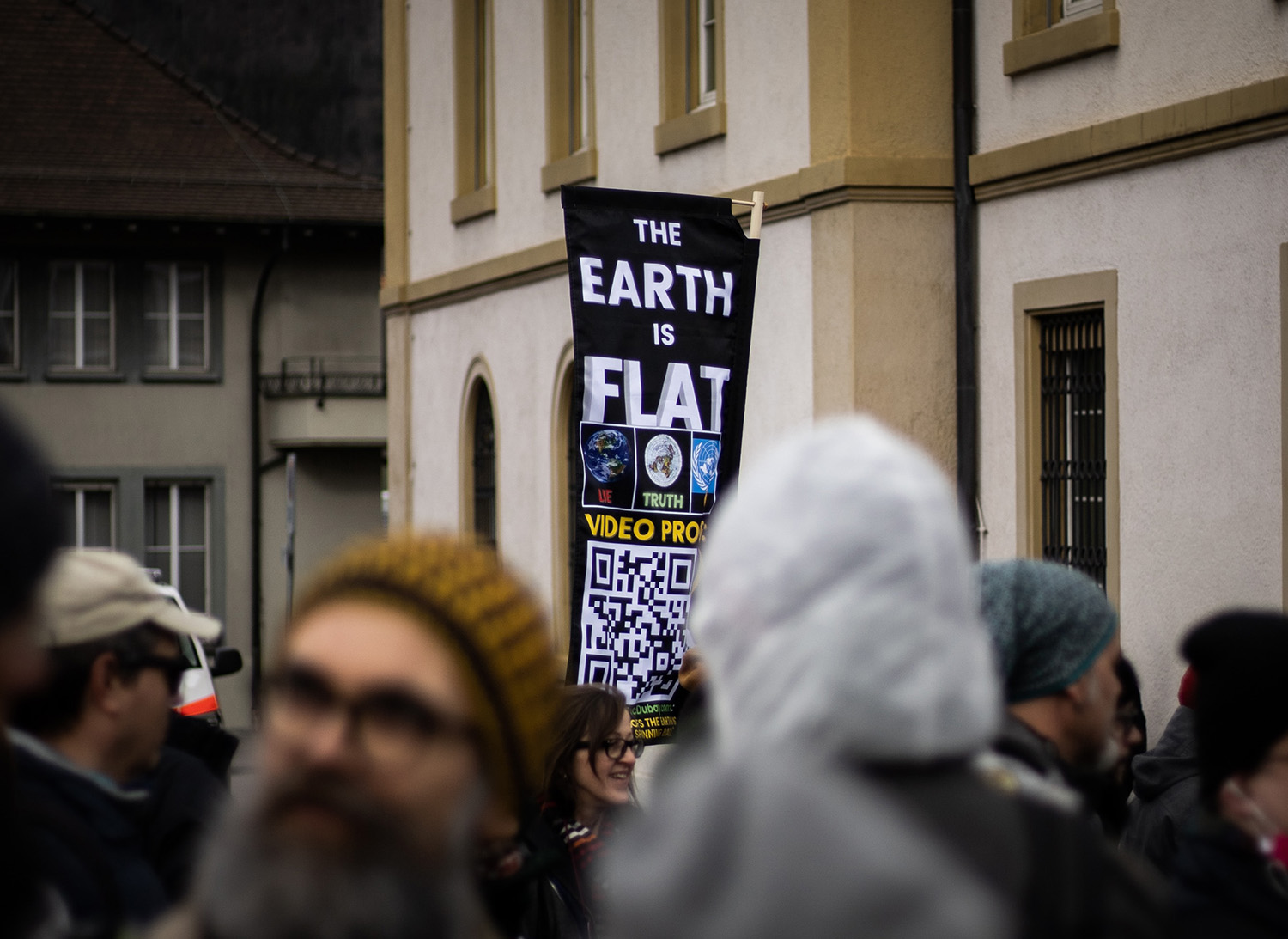“With the growing use of digital tools, fake news is being disseminated in contexts of growing social tension“, explains Anuragini Shirish, a researcher at Institut Mines-Télécom Business School. A massive rise in fake news had previously been associated with political campaigns, such as the election of Donald Trump in the United States in 2016. But it was during the COVID-19 pandemic that this practice took on unprecedented proportions. Although similar topics have sometimes been vulnerable to fake news, as in the case of the COVID-19 vaccine, its appearance and propagation has varied greatly from country to country.
To study contexts that may favor or hinder the emergence of fake news, Anuragini Shirish’s team conducted a study on the number of fake news items that emerged in 104 countries during the health crisis, cross-referencing them with human development and economic growth indices. This study was funded by Institut Carnot Télécom & Société Numérique and led to an open-access publication (Impact of Human and Economic Development on Fake News Propensity During the COVID-19 Crisis: A Cross-Country Analysis, Anuragini Shirish & Kanika Kotwal). “We examined the origin of fake news in different countries, based on the number of fake news items that appeared and were identified by fact-checking systems“, she explains.
In an earlier study, the researcher had already shown that uncertainties about individual and collective futures give rise to the creation and propagation of fake news. People’s anxieties drive them to seek quick answers, which they accept more readily without a critical appraisal. “We therefore thought that higher economic growth and human development would reduce people’s uncertainties, and therefore their influenceability by fake news“, explains Anuragini Shirish.
Unexpected observations
This new study of the situation in different countries produced surprising results. Although an improvement in a country’s economy does indeed reduce the number of fake news items that emerge from it, a higher human development index score has no such effect; on the contrary, it increases the incidence of fake news. “The result of the observations was unexpected, reflecting a highly complex problem, and at this stage we can only hypothesize,” says the researcher.
The Human Development Index comprises a number of different aspects. It is defined notably by standards of living, which include social benefits such as social security, disability-free life expectancy, and a certain standard of education. “We thought that the general level of education would help develop critical thinking and increase people’s ability to think before reacting emotionally to uncertainties,” explains the researcher. “But that’s not the case, and it could even have the opposite effect, as people may be more curious to learn about specific topics without having the tools to master them,” she points out.
In many countries, the educational programs in place are too outdated to combat the emerging problem of disinformation. Such specific programs could develop proficiency in the use of digital communication tools and critical thinking about media information. “These programs are already implemented in Northern European countries, where fake news is much less widespread,” points out the researcher.
In addition, people in more developed countries have easier access to more advanced digital technologies, which enables them to create or spread fake news more effectively. Some technologies can even modify images or videos in precise detail, making their falsification even more difficult to detect. The differences between real and fake news are becoming increasingly difficult to identify, especially as extremely powerful information tools such as ChatGPT may use both forms indiscriminately in their responses to users’ questions.
The complex system of fake news
“The dissemination of fake news involves a highly complex process influenced by a massive number of parameters,” explains Anuragini Shirish. “What’s more, this process involves positive feedback loops, due largely to the fact that the more people are exposed to a item of information, the more likely they are to believe it, and to feel they have a role to play in passing it on,” explains the researcher.
The links and differences between a healthy economy and a high level of human development in a country have yet to be sufficiently investigated in order to understand their differential influence on fake news. The indicators would also benefit from being subdivided to analyze the cross-influences of sub-indicators. “It is even important to consider how factors such as the universality of a language influence fake news propagation dynamics,” adds the researcher. Fake news in languages such as English, Spanish and French spreads more easily than fake news in lesser-spoken languages, such as those of northern European countries, so this is another criterion to take into account.”
Higher levels of human development are not necessarily linked to lower levels of individual uncertainty. Other criteria need to be considered, such as general well-being, which remains a subjective criterion that is difficult to measure. Countries with good human development indicators may have a high level of well-being, like the Nordic countries, or a relatively low one, like France.
Towards sociological reflection
States with a high level of general economic and human development may, however, suffer from significant social inequalities. In sociology, strain theory dictates that social inequalities generate pressure on individuals, who constantly seek to improve their social standing, which is often linked to materialistic objectives. This can sometimes lead to immoral, illegal or even criminal activities. The polarization of a society leads to its fragmentation into community groups with divergent beliefs and needs.
This may cause groups to create and disseminate fake news for different reasons. Less affluent people, for example, may seek to monetize this fake news in order to earn money. On the other hand, wealthy and influential people may engage in disinformation for political reasons. This type of deviance is therefore linked to the cultural mentality of our societies. “It’s important to learn how to assess people holistically, i.e., by taking greater account of their emotional, spiritual, cultural and social aspects,” says Anuragini Shirish.
Fake news is symptomatic of a general manner of operating, which it also reinforces. The complexity of its dissemination means that the fight against disinformation needs to be approached from very different perspectives. In the short and medium term, aspects such as the implementation of technical solutions on digital platforms are necessary. It is also important for governments to take action to support the development of critical thinking, and to implement regulations while maintaining freedom of expression. The Institut Mines-Télécom Business School team is currently studying the link between fake news and country-specific regulations. “In the long term, to keep improving our understanding of such a complex problem, macro- and micro-scale analyses will have to be combined, and include a social philosophy dimension,” concludes Anuragini Shirish.






